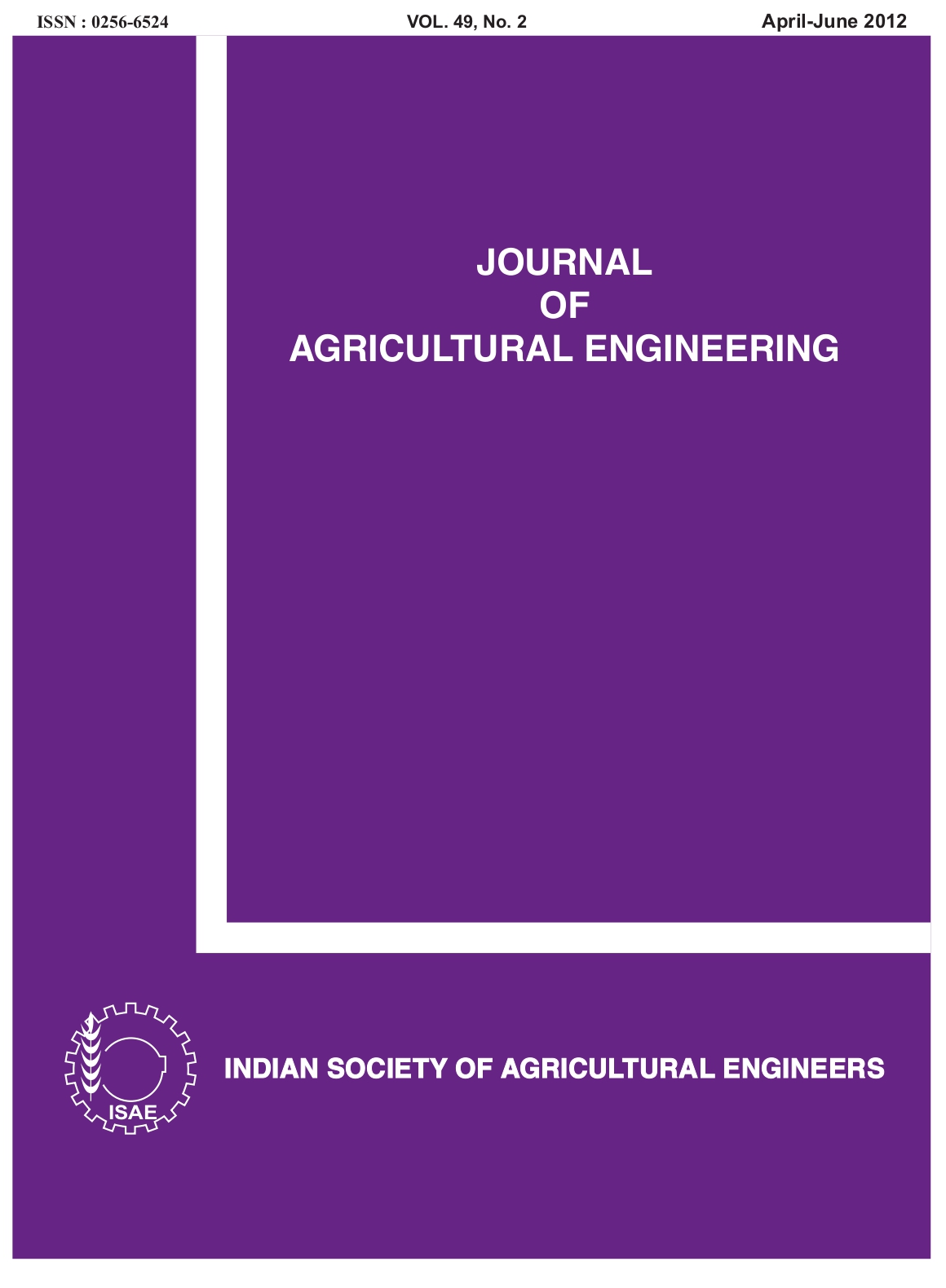Decision Support Tool for Evaluating Changes in Arid and Tropical Watersheds
DOI:
https://doi.org/10.52151/jae2012492.1475Keywords:
Climate change , Evapotranspiration , land use change , floods and drought, water yieldAbstract
During the last three decades, many arid and semi-arid watersheds have been affected by major hydrological changes because of human interventions such as deforestation and other agricultural changes, as well as climate fluctuations and/or changes. The primary objective of this study was to investigate whether recent changes are the result of climatologic variability or anthropologically induced transformations over the past years. A secondary objective was to provide a more practical approach to assess actual changes in the hydrological response of a watershed in an arid and tropical region. The methodology used in this study involved combining remotely sensed image data from satellites with in-situ hydrological observations from the Minab catchment in the south of Iran. The results of longterm analysis of historical time series on rainfall, land use/land cover, and stream flow were integrated at the landscape level to identify appropriate options for land and water management. It was found that the destruction of natural vegetation resulted in a decrease in the annual total water yield of 20%, with a decrease of 6.5% in the base flow during the low-flow period (May to November), and an increase in the storm runoff during the high-flow period (December to April). While potential evaporation from periods 1 to 3 showed a decrease of 10%, the actual evaporation increased by 9 per cent. It was concluded that climatic variations and land use change are the most important factors affecting the changes in the hydrologic regime of Minab catchment in Iran.References
Abvarzan Consulting Engineering Co. 1994. Climatologic, geologic and soil parts of watershed management study of Minab catchment: Feasibility phase. FRWM, Hormozgan (in Persian).
Barkhordari J. 2003. Assessing the effects of land use change on the hydrologic regime by RS and GIS: A case study in the Minab catchment, Hormozgan province, Iran. Unpublished MSc Thesis, ITC, The Netherlands, pp: 74.
Boughton W. 2004. The Australian water balance model. Environ. Modell. Softw., 19(10), 943-956.
Sharifi F; Boyd, M J. 1994. A comparison of the SFB and AWBM rainfall-runoff models. XXV Congress of the International Association of Hydrogeologists / International Hydrology and Water Resources Symposium of The Institution of Engineers, Adelaide, Australia, November 21-25. National Conference Publication No. 94/15, 491-494.
Sharifi F. 1996. Catchment rainfall-runoff computer modelling. Unpublished Ph.D Thesis, Dept. of Civil and Mining Engineering, University of Wollongong, Australia.
Sharifi F; Hydarian A. 1999. On the natural resources management strategy of Iran. Regional Workshop on Traditional Water Harvesting Systems, Tehran, Iran, and UNESCO, pp: 354.
Sharifi F; Mahdavi M. 2001. Investigating causes of summer flooding on North-east of Golestan, Iran. Technical Report, Deputy of Watershed Management-Iran, Tehran, Iran (in Persian), pp: 30.














